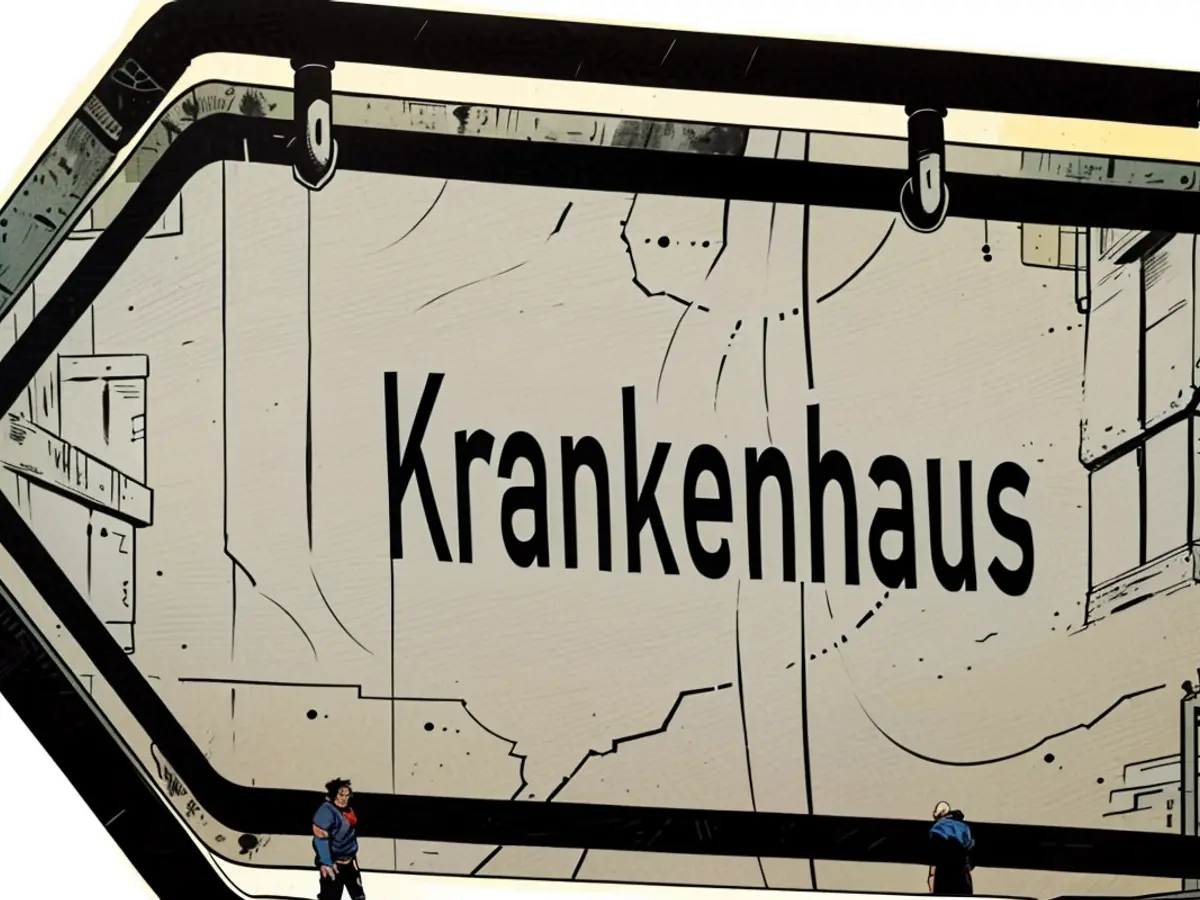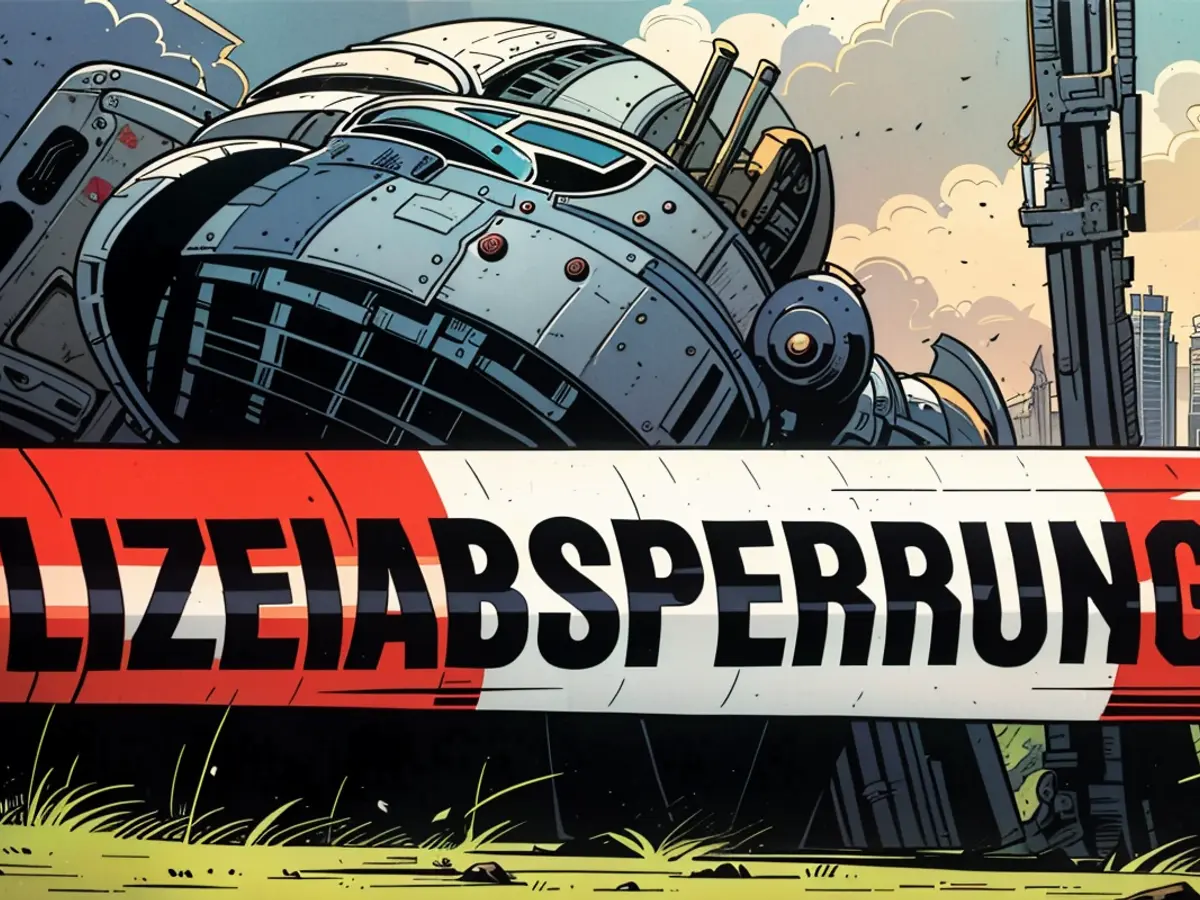- Die Bonifatius-Route ist seit 20 Jahren bestehend.
Vom Rheingau aus, über die Felder der Wetterau und die Berge und Täler des Vogelsbergs führt der Bonifatiusweg seit 20 Jahren Wanderer und Pilger in die Fulda-Region. "Das war keine flüchtige Angelegenheit", freut sich Michael Friedrich, einer der Gründer des Projekts, über den Erfolg der Route.
Die Route wurde 2004 zum 1250. Todestag des Heiligen Bonifatius eingeweiht und verbindet die beiden Domstädte Mainz und Fulda, die eng mit der Arbeit des Apostels verbunden sind. "Es ist beides: eine Pilger- und eine Wanderstrecke. Beide Gruppen kommen auf ihre Kosten", sagt Friedrich, stellvertretender Vorsitzender des Bonifatius-Route-Vereins.
Man muss die Route nicht unbedingt mit einem religiösen Anspruch angehen. "Aber ich denke, jemand, der überhaupt keine Fenster für spirituelle oder religiöse Erfahrungen hat, sucht vielleicht etwas anderes - zum Beispiel eine Alpenüberquerung, einen hohen Trail oder den Rheinsteig. Aber es ist wirklich beides."
Ein durchschnittlicher Wanderer braucht 10 bis 14 Tage für die 180-km-Route. Allerdings ist es auch kein Problem, die Route in Abschnitten als Tageswanderung zu laufen oder sie als gemütlichen Spaziergang zu nutzen.
"You shouldn't assume that the Bonifatius Route was the original route of the funeral procession, because that's not documented", explains Friedrich. "But if you take a corridor of perhaps ten kilometers to the left or right of the route, the probability is high that you're moving near the historical route." Like the famous Camino de Santiago in Spain, there are also pilgrim stamps and certificates on the Bonifatius Route.
Highlights of the Bonifatius Way
In the opinion of the route expert, the two cathedral cities at the beginning and end are the highlights of the route. "Besides, I'd certainly count Kloster Engelthal near Altenstadt and the area around Hosenfeld, where the route leaves the Vogelsberg and opens up to the Fulda region," he says. "The most physically challenging section is the one in the Vogelsberg. There, it can get quite steep."
Thematic routes like the Bonifatius Route highlight the rich cultural heritage of the state, according to Herbert Lang, director of Hessen Tourismus. "On the Bonifatius Route, nature, culture, and history can be actively experienced in motion", explains Lang.
Hiking strengthens environmental awareness
Other routes make the beauty of nature tangible and have been tested and certified by official bodies, he adds. "The hiking trails are an important part of the tourist infrastructure in Hessen. Hiking has been a very popular holiday activity in Hessen for years and also contributes to environmental education", emphasizes Lang.
Hiking promotes conscious experience of nature and strengthens environmental awareness. "A growing environmental awareness of our guests is important because it has a positive impact on the sustainable tourism development of Hessen", he explains.
The Bonifatius Way, which has been in operation for 20 years, was officially inaugurated in 2004 to commemorate the 1250th anniversary of Saint Boniface's death. The following is added: This enhanced route now includes a system of pilgrim stamps and certificates, similar to those found on the Camino de Santiago in Spain.







